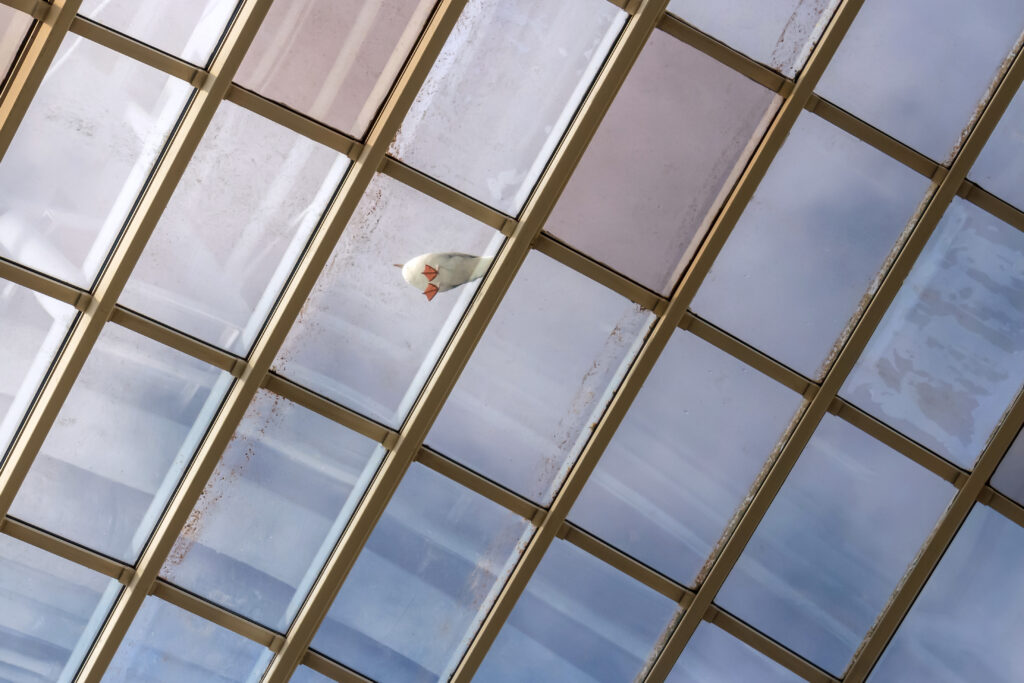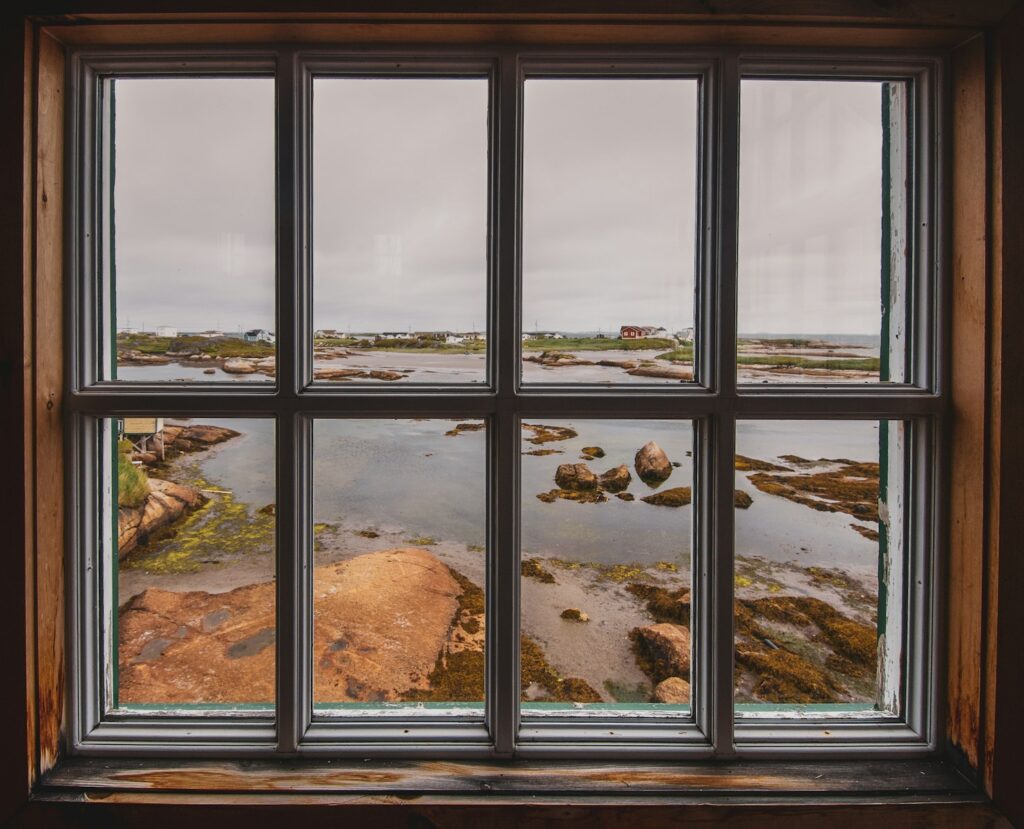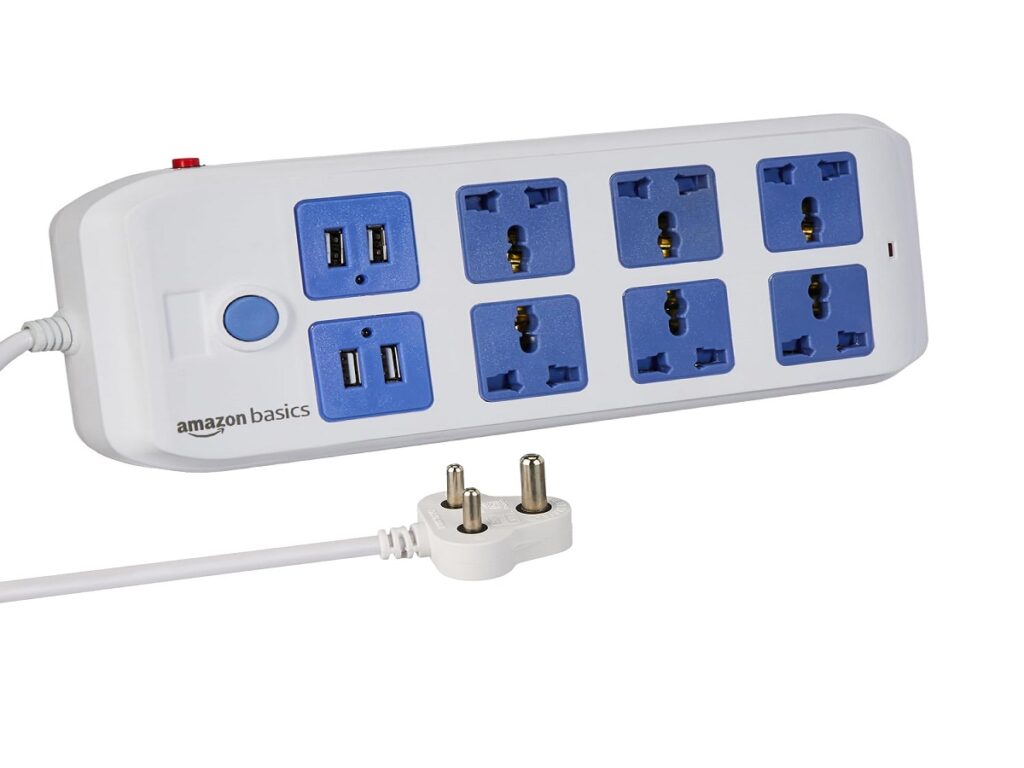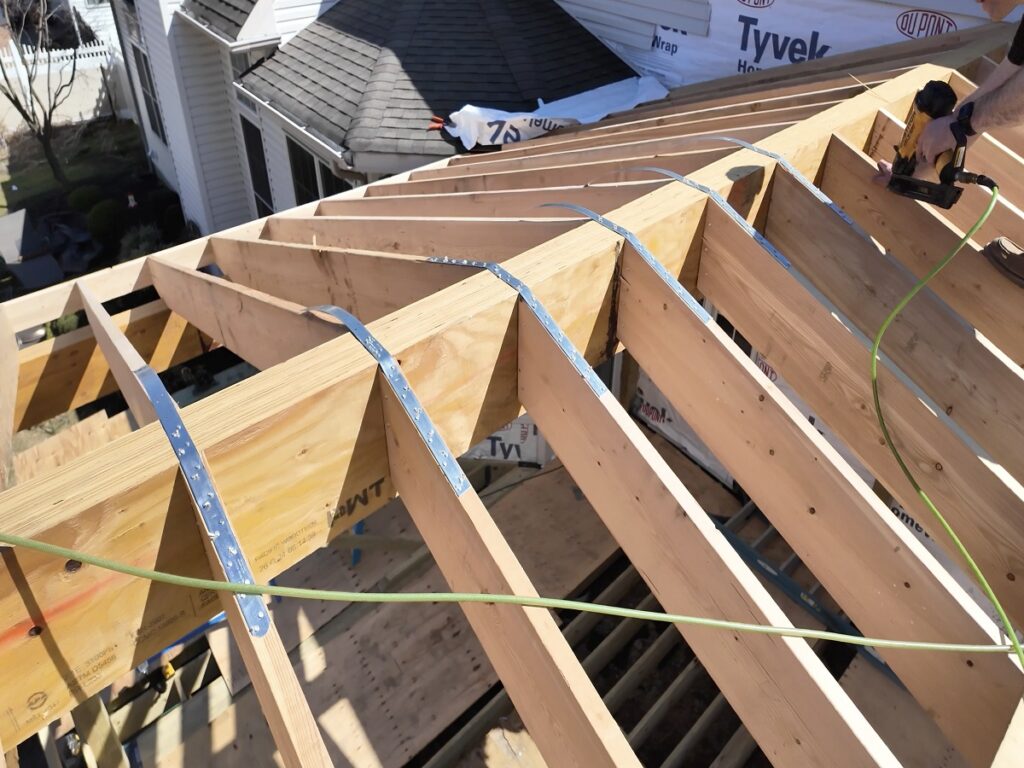Preparing your home for unexpected disasters doesn’t need to be overwhelming or expensive, and many meaningful upgrades can be made with only a small investment. By focusing on vulnerable spots such as windows, doors, electrical sources, and storage areas, you can reduce damage during storms, floods, or outages. These improvements rely on techniques developed through modern safety standards, making them both reliable and accessible. With careful planning and low-cost materials, you can strengthen key areas of your home and create a safer environment for your family without exceeding a modest budget.
1. Install Reinforced Window Film

Reinforced window film strengthens fragile glass surfaces and reduces the risk of breakage during high winds or flying debris. Originally used in commercial buildings in the late twentieth century, it became a popular home-safety upgrade once thinner, clearer versions were introduced. The film bonds tightly to the glass, limiting dangerous shattering and keeping pieces attached even when cracked. Most installations cost far less than five hundred dollars, especially for standard-sized windows, and require only cleaning supplies, a smoothing tool, and measured application. Its transparent finish keeps the view unchanged while adding valuable protection during seasonal storms.
2. Anchor Heavy Furniture and Appliances

Securing large furniture pieces and appliances prevents them from tipping during quakes, sudden impacts, or accidental pulls. Modern anchoring kits evolved from early seismic safety guidelines introduced in the 1980s and are now simple for homeowners to use. Each kit includes durable straps or metal brackets that attach to both the wall and the furniture frame, creating firm stability even during strong movement. This upgrade is especially important in homes with children or pets who might reach or climb on shelves. The materials remain inexpensive, installation takes only basic tools, and the total cost stays comfortably under five hundred dollars.
3. Seal Doors and Windows Against Water

Water intrusion is one of the most common and costly forms of household damage, yet sealing vulnerable gaps is a simple and affordable fix. Improvements in weatherstripping materials during the early two thousand made them longer lasting and easier to install. Replacing worn seals around windows and doors helps block rain, drafts, and moisture that might seep inside during storms. Foam strips, adhesive seals, and silicone caulk are widely available and require only patient application. Even a full home’s worth of sealing usually falls well below five hundred dollars. This small weekend project prevents interior damage and improves comfort throughout the year.
4. Add Surge Protection for Key Electronics

Power surges caused by lightning, faulty wiring, or grid fluctuations can permanently destroy essential electronics. While whole-house systems became popular in the early twenty tens, high-quality outlet-level surge protectors remain a cost-effective alternative for tight budgets. Placing surge strips near computers, televisions, refrigerators, and security devices shields them from sudden voltage spikes. Look for products that show clear indicator lights and have strong joule ratings suitable for your region. Even when equipping several rooms, the total cost stays under five hundred dollars. This practical step extends the life of valuable devices and prevents unexpected replacement expenses after a storm.
5. Strengthen Your Roof With Tie-Down Straps

Roof tie-down straps, often called hurricane straps, reinforce the connection between the roof and the home’s walls. These devices were widely added to building codes throughout the 1990s after repeated wind damage exposed weaknesses in traditional construction. Retrofit kits allow homeowners to add the same protection without major renovation. The straps are secured to rafters and wall plates using corrosion-resistant fasteners, improving the structure’s stability in severe wind. Most materials cost well below five hundred dollars, especially for smaller homes. This upgrade significantly reduces the likelihood of roof uplift and helps safeguard your home during intense storms.
Comments